So you’ve been Strength Training for a few months now and you’re ready to take things to the next level?
Try one or more of these 10 Advanced Strength Training Tips!
Here’s the list of 10 tips, then we’ll discuss each one in detail:
- How Many Days Per Week You Should Workout
- The Basics Work
- Quality Over Quantity
- Rpe
- Treat Everything As If It Were Heavy
- Breathing
- Rest Plenty
- How You Should Feel Post-Workout
- Shoes
- Protein For better Progress
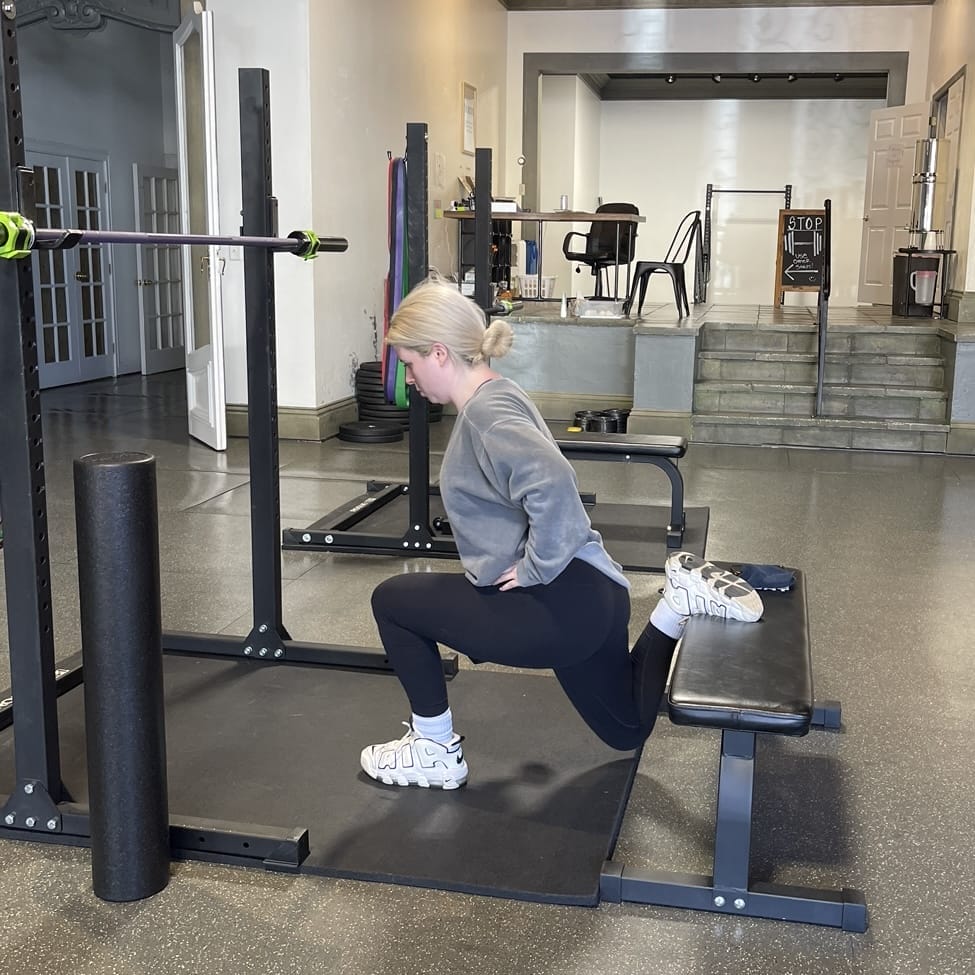
How Many Days Per Week Should You Strength Train?
Steel Strength Training was built on the idea that working out 2 to 3 days per week is really all that you need to be lean, strong, and healthy. This isn’t just some theory- we’ve seen it proven time and time again with well over 500…and at this point possibly over 1,000 clients.
You do need to know your goals before you determine how many days per week you should workout. Is your goal to just be generally lean, strong, and healthy? Or is your goal to maximize muscle, strength, and performance?
If you’re a bodybuilder, powerlifter, or an athlete of any kind and you’re training for your sport then you’re probably going to want to train four, five, maybe even 6 or more workouts per week.
But if you’re just the everyday many or woman just like most of us, you just want to be lean, strong, and healthy so you can do the things you love with the people you love…2 to 3 days per week is fantastic.
In fact, 2 days per week is all you truly NEED (though 3 will get you results even faster.)
The beauty of strength training is a little bit goes a long way.
And if you’re trying to maximize fat loss progress, there’s no need to ramp up how many strength training workouts you’re doing every week. 2-3 is plenty for fat loss, and might even be more effective for fat loss than 4+ Strength Training workouts per week as I’ve found it’s easier for many people to eat less when they’re training less.
Remember, when it comes to fat loss, nutrition is the main driver. NOT your workouts.
Nutrition drives fat loss, strength training ensures we build/maintain muscle which keeps metabolism high.
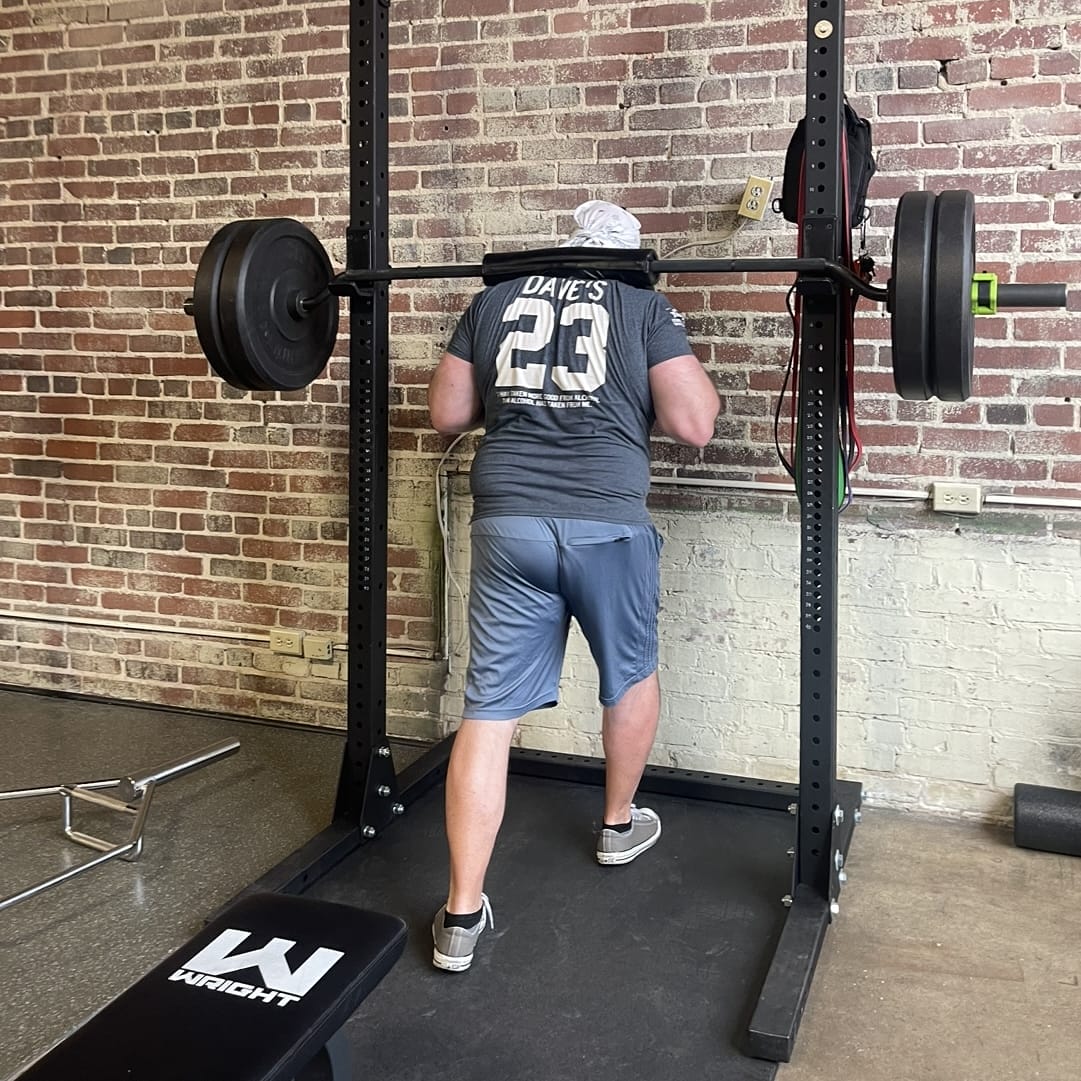
The Basics Work
There’s no reason to reinvent the wheel in the gym. The basics are the best exercises and that’s why we almost exclusively focus on the basics at Steel Strength Training. In fact, almost all of our workouts consist of the same 15-20 exercises.
We’re REALLY good at teaching them so our clients get really good at doing them. Which leads to safe and effective workouts.
As far as how to structure your workouts, doing full-body or alternating between upper body and lower body workouts is ideal. There’s no need for fancy body-part splits. These are overrated for most people!
You want to spend 50%+ of your workout (realistically, closer to 80% is better) doing compound movements. Big exercises that train multiple muscles at once.
Examples- Squat, Bench Press/Push-ups, Deadlift, Shoulder Press, Rows, Pull-ups, etc.
Then finish your workout with some isolation movements- movements that only train one muscle group at once. Muscles like biceps, triceps, shoulders, and abs.
Spending the majority of your time on compound exercises is the most effective and time efficient way to train!
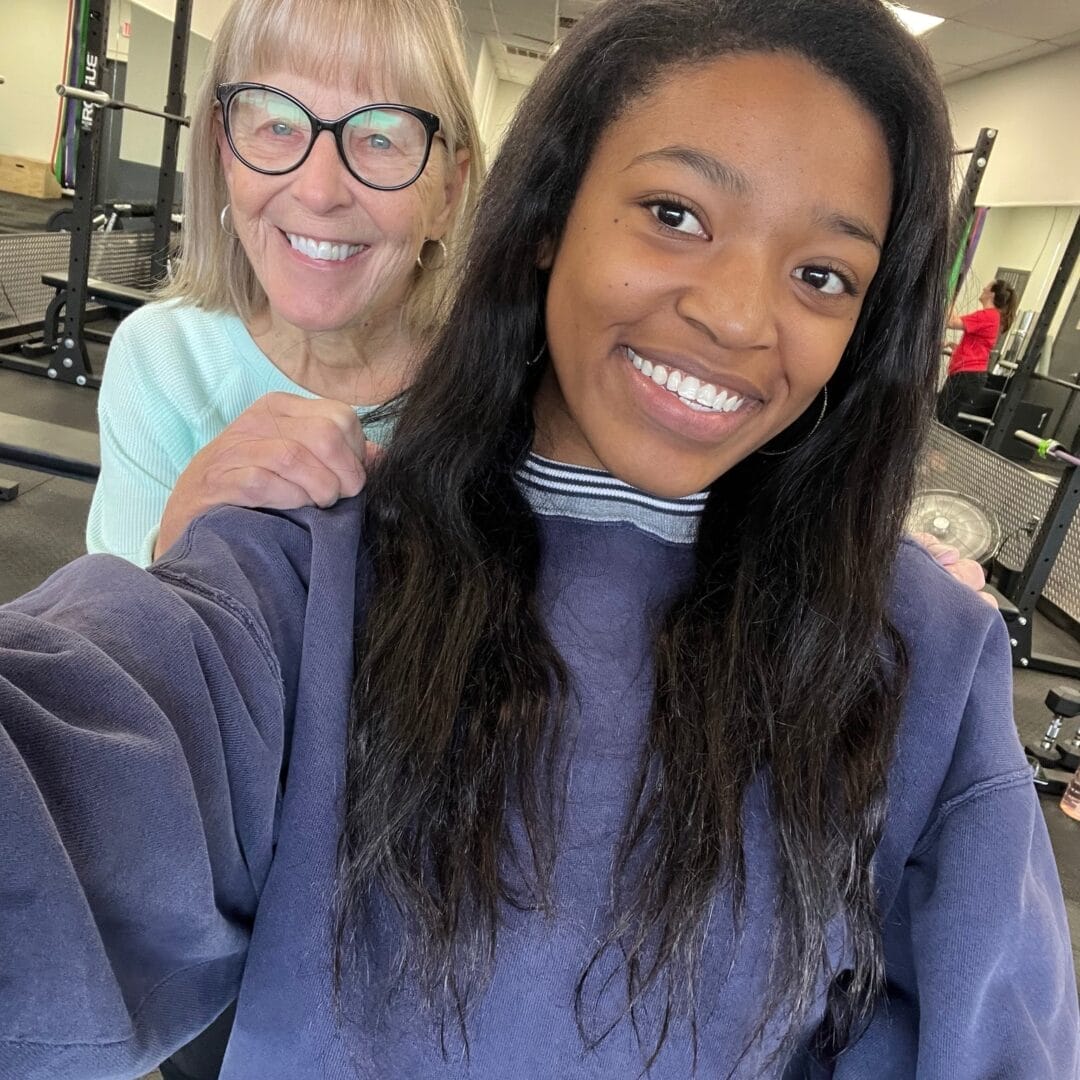
Quality > Quantity
Here’s my big statement: A few very high quality sets are much better than lots and lots of low quality sets
Focus on the stimulus, not the fatigue.
The goal is NOT to be exhausted. The goal is to create the stimulus you want- which is accomplished with a handful of high quality sets. In the next point we’ll talk about one way you can know if your sets are high quality, but let me give you an example of why quality > quantity.
You could have an NFL player who’s in great shape and super strong lift a soup can one million times, and he’ll be absolutely exhausted and sore but will be no better off (if anything he might be worse off) than before.
Doing a few, high quality sets will create incredible results!
Doing a lot of low quality sets put you at risk of injury and the results simply won’t be that good.
That’s why most of our workouts at Steel would be considered low to moderate volume. We’ve found these low to moderate volume workouts done with high quality sets and effort are the best way for every day men and women to change their body, health, and lifestyle.
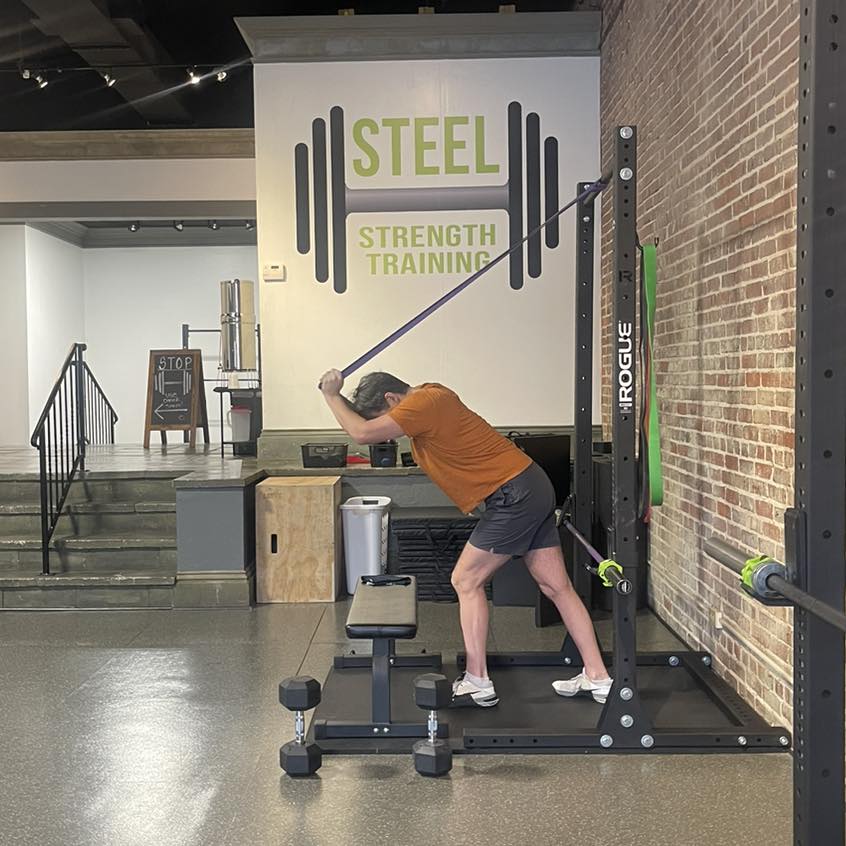
RPE
This is one of the ways we know if your sets are high quality or not.
Of course, using good form is crucial for quality sets. But once you have that down, it’s time to look at RPE.
RPE means Rate of Perceived Exertion.
It’s simply a way for us to measure how many reps you have “left in the tank” at the end of your set. Said another way, we want to know how many more reps you could have done if you had to go until you couldn’t anymore.
The RPE is a scale of 0-10, but we typically use numbers 5–10
RPE 10 = you couldn’t do another rep even if your life depended on it
RPE 9 = You could have done 1 more rep
RPE 8= you could have done 2 more reps
RPE 7= you could have done 3 more reps
RPE 6= you could have done 4 more reps
RPE 5= you could have done 5 more reps
Most of your sets should be an RPE 7 or 8. You should finish most of your sets with 2-3 reps in the tank.
Now there are times when doing an RPE 9 or 10 is valuable. There are other times where and RPE 5 or 6 is valuable. But on average your workouts are mostly RPE 7’s and 8’s.
This is what I ask clients after a lot of their sets. “How did that feel? How many more reps could you have done?”
It’s also what I’m watching for on every set a client does. I want to make sure they’re at a true RPE 7 or 8. For some of you, this means you don’t need to push your sets nearly as hard as you have been. And for others, it means you need to work harder than you have been.
Hit that sweet spot of RPE 7 or 8 on most of your sets and you’ll be doing great. Training hard enough to get great results, but not training so hard all the time you’re at risk of injury.

Treat Everything As If It Were Heavy
There are several reasons to implement this tip immediately and never ever forget it. But the main reason?
To prevent injuries
The VAST majority of time someone gets hurt in or out of the gym, it’s with a light object. Either doing something stupid with a light object or just not thinking it’s a big deal and picking it up carelessly.
This seems counterintuitive. You would think most people would get hurt lifting heavy weights, but I have almost never seen someone get hurt with a heavy weight.
Why? Because there is a certain respect people have when approaching the bar when it’s loaded with some heavy weights. People take their time, they control the movement. Because they don’t get hurt!
Where people mess up is not treating even the light weights with the same respect!
Treating every set like it’s heavy will also help you perfect the movement.
Remember, perfect practice makes perfect. If you want to get really good at the movements you’re doing in the gym, you should do them the same way every single time you do them. This includes warm-ups with little to no weight too!
And finally, doing all your sets, including warm-ups sets, as if they were heavy will get you better results.
Strength is the ability of the nervous system to recruit the muscles to lift a weight. (the brian sends a signal down the spinal cord, then out of the spinal cord and into the muscles telling them when and how hard to contract.)The more we can “turn on” our nervous system, the more effectively we’ll use our muscles.
One of the best ways to turn on the nervous system is to warm up as if every set was heavy. Take an empty bar for example. This is very easy for many lifters. But instead of taking a very lackadaisical approach to the warm-up set with the empty bar, you should control the bar down and explode up as if it were super heavy. This will “turn on” your nervous system more than moving the bar slowly will.
So by the time you get to your working sets with a heavy load, you’ll be primed and ready to be as strong as possible.
So if you want to stay safe and strong (which are our 2 biggest goals in the gym), treat every set as if it were heavy!

Breathing
The first time we focus on breathing with clients is when first learning a new exercise. New clients often forget to breath at all when they’re learning something new. So first things first, you HAVE to breath during your sets. At first I don’t even care HOW you breath. I just want to make sure you actually are breathing.
But once you’re breathing while doing the movement correctly, it’s time to dial in your breathing.
There are 2 ways we teach breathing!
First, you can hold your breath. Second, you can breathe in and out with every rep.
Holding your breath
This is my favorite way for clients to breathe when lifting a heavy weight for a relatively low amount of reps (6 or less) and a heavy load. This way of breathing keeps you safer, more stable, and stronger.
To do it, you’ll get a big breath at the top of the movement. Once you’ve taken that breath, bare down and brace your abs like you’re constipated, someone is about to punch you in the gut, or both. Whatever helps you do it the right way…
Now you’ll lower the bar while holding your breath. And you’ll breath out either on the way up OR once you’ve completed the rep. Then you’ll get another breath before starting the next rep, hold that breath, start the next rep, and repeat until your set is done.
Holding your breath during a rep creates a ton of pressure in your abdomen which makes you significantly more stable and strong. Don’t believe me? Give it a try.
Breathing In and out with each rep
This is a great option for anyone who doesn’t think they should be holding their breath during a rep. It’s also a great option for everyone to do on sets that involve more than 6 reps and/or any movement that isn’t a big, heavy compound movement.
With this breathing style, you’ll just breathe in as you lower the bar, and breathe out as you life the bar. Simple as that!
But it’s important to remember to breathe in on the way down. If you breathe out on the way down you significantly reduce your strength.
Don’t believe me? Give it a try.

Rest Plenty
This is a strange concept for new clients at Steel, but we generally take 2 to 3 minutes of rest between sets.
Now there are times you’ll need more than 3 minutes of rest believe it or not. And times you’ll want to take less than 2 minutes which is what most people are accustomed to.
But it’s important to remember that faster is NOT better.
The more you rest between sets, the stronger you’ll be on each set, which leads to more progress!
In fact, some people who are really serious about getting as strong and big as possible will take 5 or even 10 minutes between sets sometimes in order to maximize their results.
But…you probably don’t want to spend 4 hours in the gym. So 2 to 3 minutes will suffice!
If you’re used to resting 30-60 seconds between sets, and you start resting 2 to 3 minutes instead, you’ll see a huge difference in your gym performance and the results you see.
It’s also important to remember Strength Training is NOT cardio. You do get a lot of cardiovascular benefits from Strength Training, but if you want the best results you need to separate those workouts. Lift weights to get strong, do cardio for health. Don’t try and mix the two.
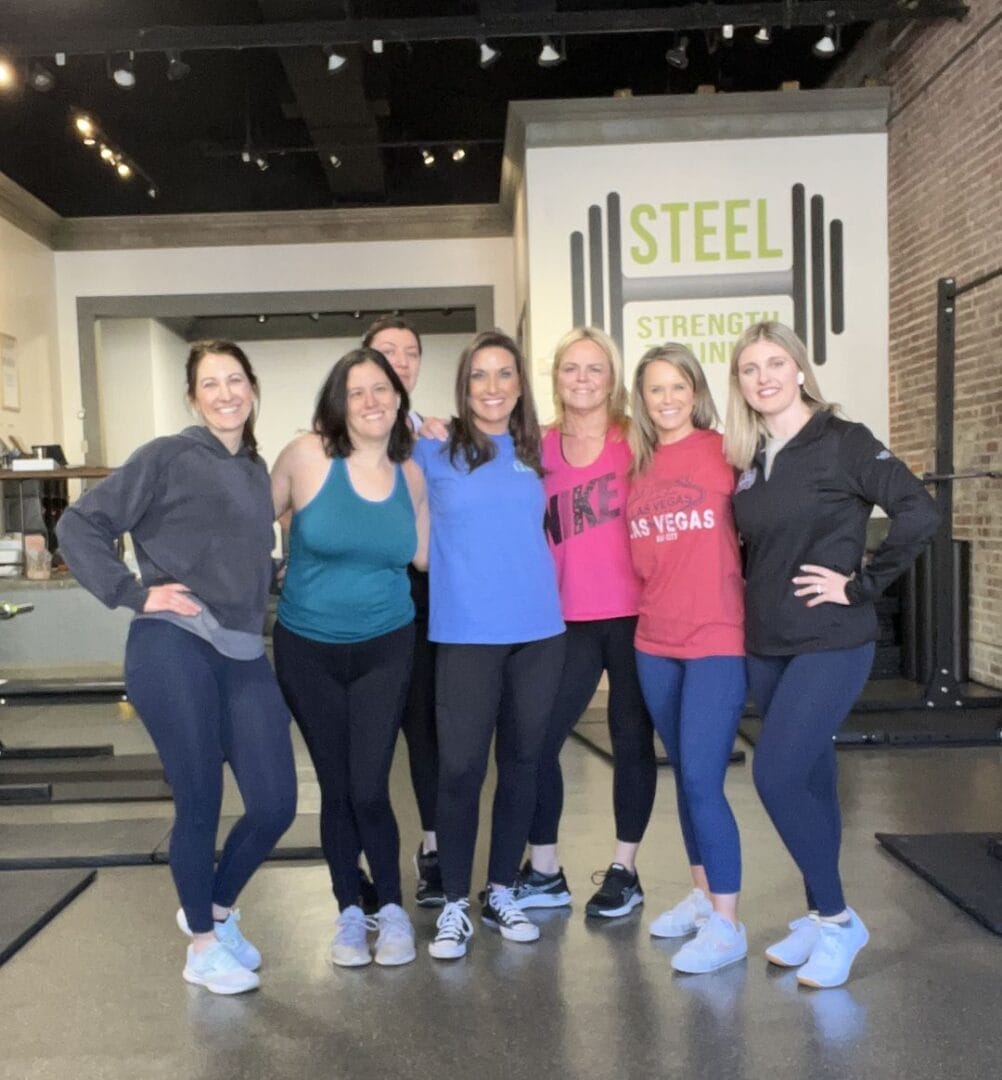
How You Should Feel After Workouts
This is another strange concept for new clients.
Most people have no clue how to tell if they had a good workout or not. So they destroy their body in the gym, leaving sweaty, sore, exhausted, and maybe nauseous. And they’re miserable. But at least they can pat themselves on the back thinking they had a good workout. They didn’t actually, but how are they supposed to know that?
After a decade of experience, I’ve realized the point of today’s workout is never about today’s workout. The point of today’s workout is simply to lay another brick. Lay another brick and live to fight another day.
Do a little better, a little more, next day, next week, next month, and next year.
Slowly, steadily laying these bricks is how you build your “house” of health and fitness.
Which means we actually DON’T want today’s workout to be too hard. (Yeah we don’t want it too easy either!) We need it to be just right.
Hard enough to stimulate progress but not so hard that you’re crazy sore, exhausted, and unmotivated to train.
Soreness isn’t really a great gauge of a workout’s effectiveness BUT as a general rule, if you’re crazy sore all the time you’re training too hard or changing things up too much. And if you’re never sore you aren’t training hard enough. You should be somewhat sore after some workouts.
If you leave the gym feeling like you took a 5 minute stroll on the beach, you didn’t train hard enough. If you leave the gym feeling absolutely exhausted for days, you did way too much. You should leave the gym feeling, at most, slightly more tired than when you came in. And within 30 minutes of leaving the gym, if not right when you leave, you should feel more energized!
And finally, if you leave the gym feeling so wrecked and unmotivated that you never want to come back…you overdid it. Train hard enough to get the results, but not so much that you burn yourself out. Physically OR emotionally.
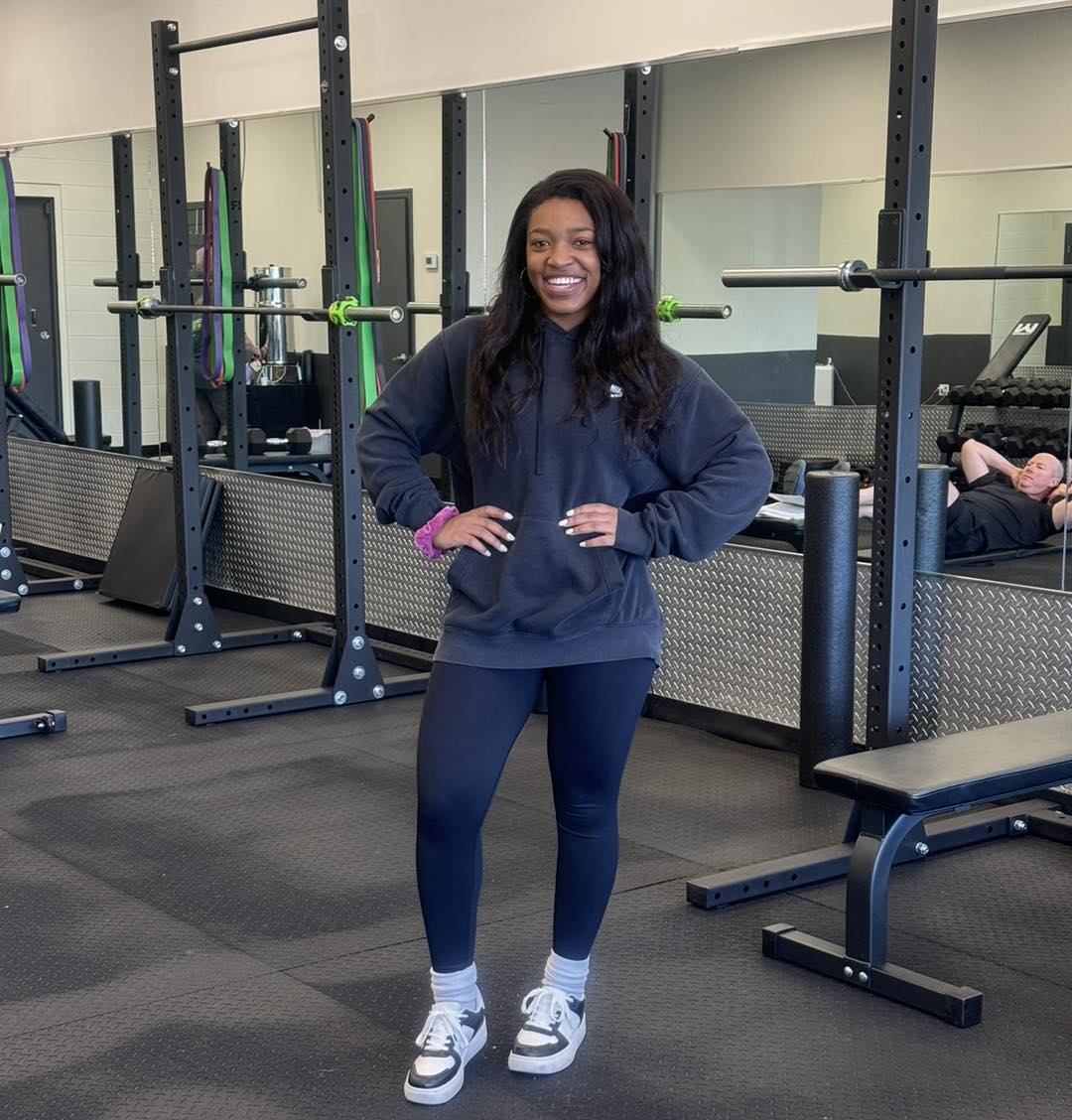
Shoes
This is definitely more of an advanced topic. You should feel honored when we bring it up to you in the gym.
Because when you get shoes specifically for Strength Training, you are officially very serious about lifting. And we love to see it!
But it’s not just a fashion statement. In fact, it’s not about fashion at all! It’s all about you being safe and strong.
When you’re first learning to squat and deadlift, the type of shoe you wear doesn’t matter enough for us to address it. You just need to learn to move properly.
But once you’ve been training for a few months and the weight on the bar is getting a little heavier, you need new shoes. Better shoes.
Specifically a flat shoe like Converse (my personal favorite) or Vans. OR you can get an Olympic lifting shoe which has a slightly elevated heel. (This elevated heel is very beneficial if you struggle to get low enough on your squats. You should try to clean that up anyways, but the slightly elevated heel can help.)
One thing that’s true about all these shoes is they are very hard on the bottom. They aren’t there to make you feel you’re floating on a cloud. In fact, they are supposed to feel the opposite of that.
Because it’s that comfy, gushy feeling your super boujee tennis shoes that make them so dang bad for squatting!
It’s like squatting on a bed. It’s a bad idea!
In all seriousness, if you don’t get a lifting shoe you will limit your safety and strength on squats and deadlifts. And you don’t want that!
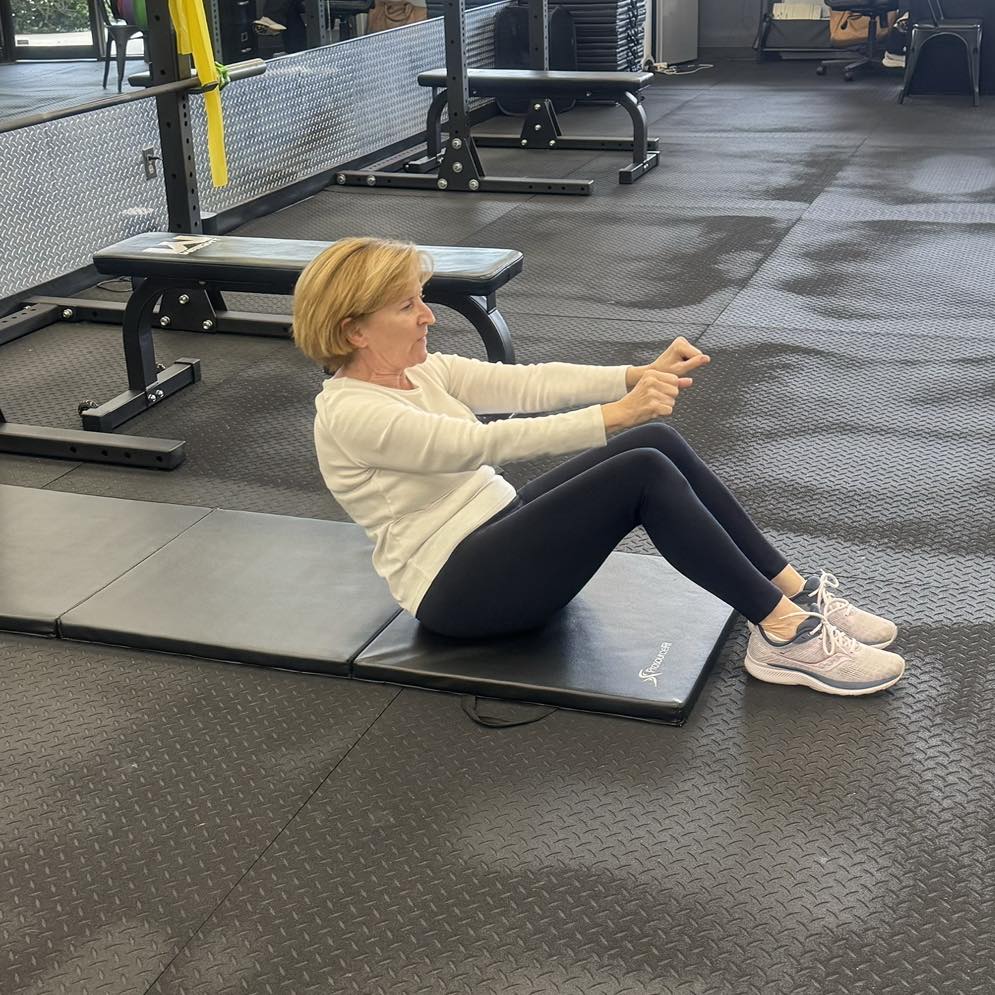
Protein for Better Progress
Well this one isn’t truly a strength training tip. It’s a nutrition tip about how to make the most of your strength training workouts so I snuck it onto the list!
We all know nutrition is key for making the most out of your workouts. And while strength training is so awesome you can workout and not change your diet and still see good results, you’ll be much happier with your results if you clean up your nutrition too.
And one of the best places to start is your protein intake. Simply consuming more protein will be a huge gamechanger for your health AND fitness.
Protein needs vary a good bit person to person, but after working with hundreds of men and women here are some good starting points:
Women:
60g Protein/Day- Bare Minimum
80g Protein/Day- Good
100g Protein/Day- Great
120g Protein/Day- The Most You’ll Likely Need
Men:
80g Protein/Day- Bare Minimum
100g Protein/Day- Good
120g Protein/Day- Great
140g Protein/Day- The Most You’ll Likely Need
If you’re eating way under the bare minimum, fix that today! It will change your life.
For everyone else, if you’re happy with all your results there’s no reason to up your protein intake unless you want to eat more steak. That’s a good enough reason in and of itself!
But if you’re not quite getting the results you want, try upping your protein by 20-40 grams per day and watch the magic happen!
And sure, haters will look at this and say I’m not recommending enough protein. If you’re trying to maximize muscle and strength and you’re training 4+ days per week and you’ll be horribly upset if you miss out on one ounce of muscle growth over the next months, then yes. Eat your bodyweight in grams of protein per day. I’ve been there and done that.
But for you normal men and women out there just like me, these numbers above are great!
I hope you enjoyed these 10 Advanced Strength Training Tips!

